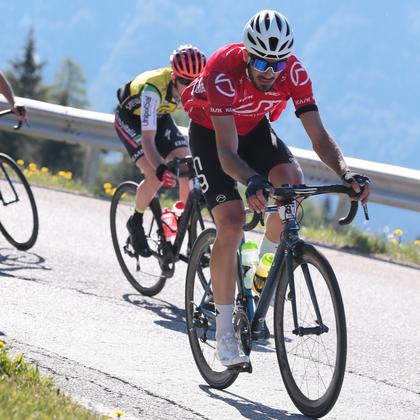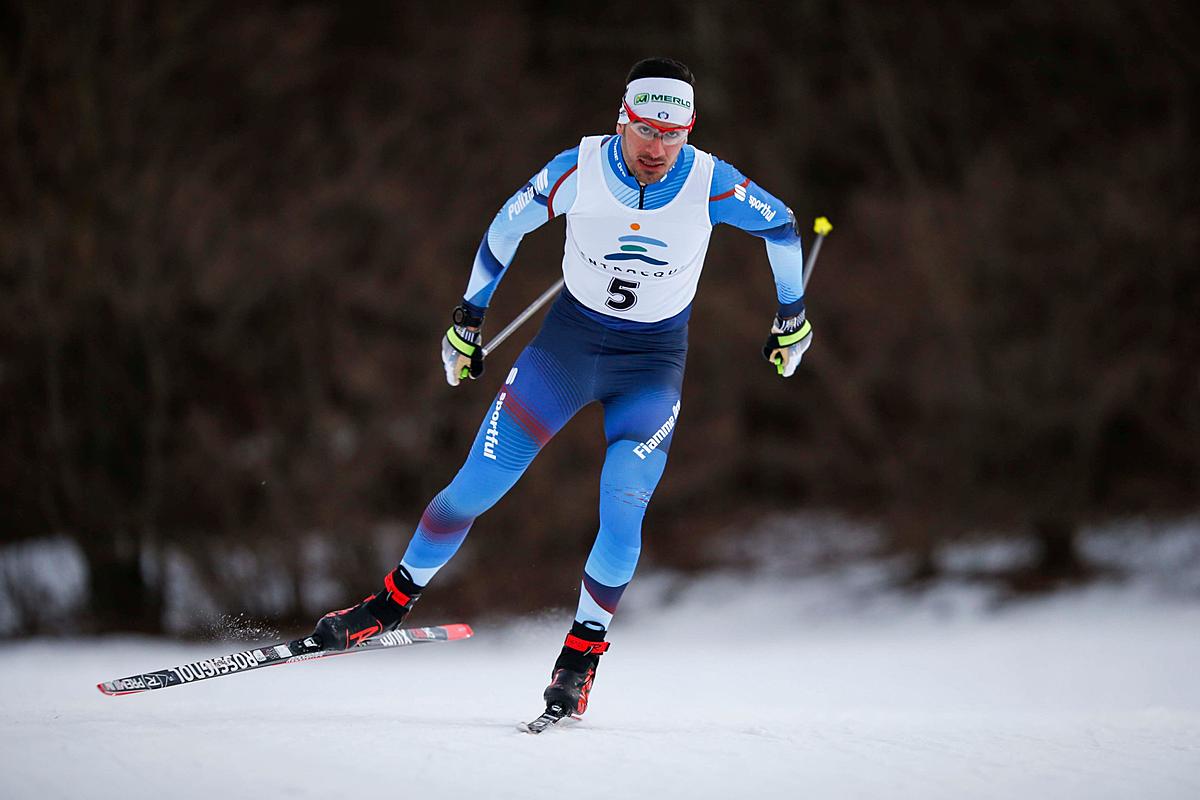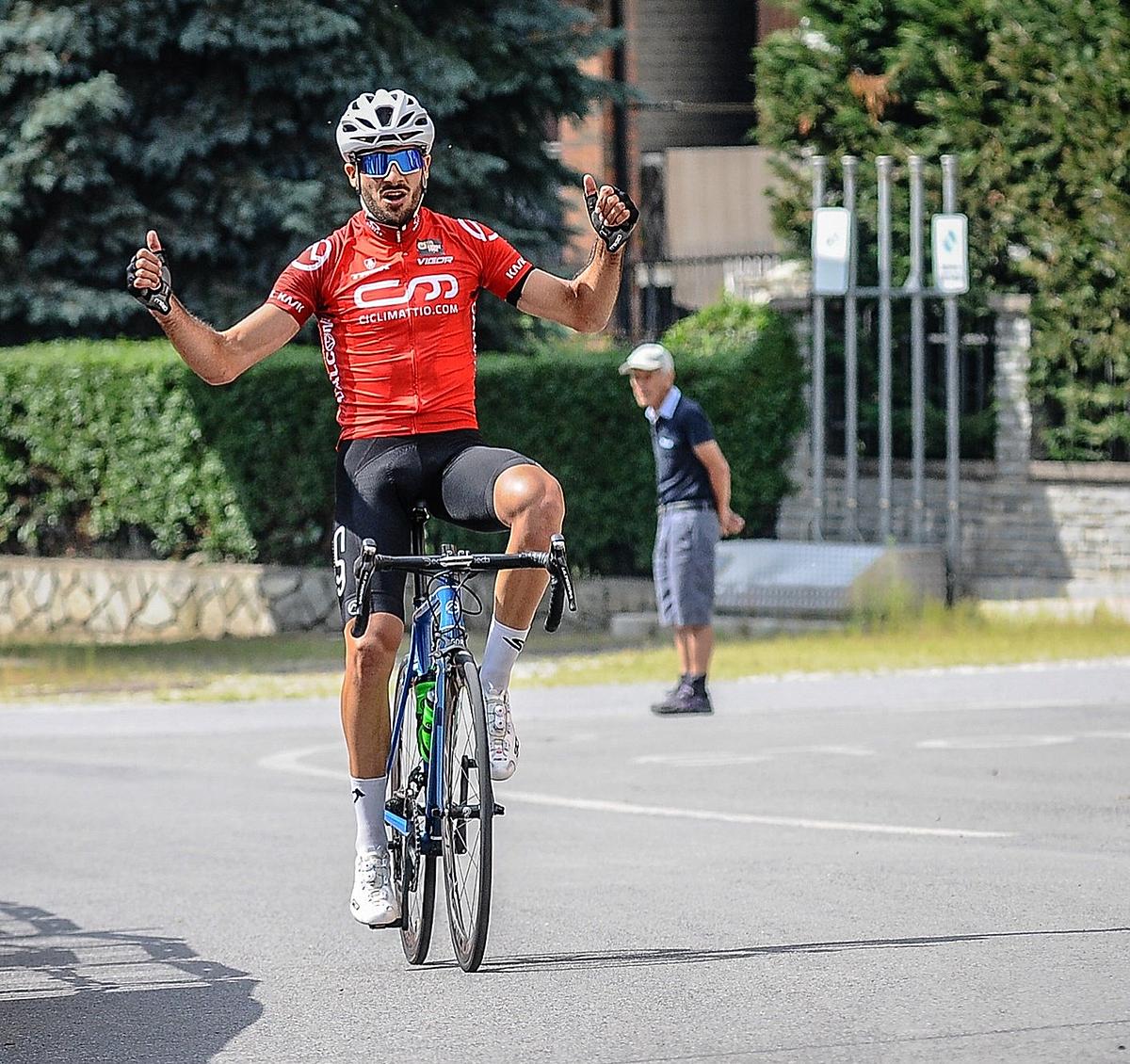Official Sponsors


31.05.2026

| News date | 18.04.2020 |
Pietro Dutto is an former biathlon champion, athlete of the Fiamme Oro group of Moena and member of the Italian national team. Dutto is also a very good road-biker and he takes part quite often to some Italian Granfondo. In 2019, we have seen him facing Marcialonga Craft, conquering a good 17th place in the long distance. We have interviewed him and he told us the secrets on how to face the four climbs of the race.
Pietro, last year was your first time at Marcialonga and you started right away with the long distance. Was that your intention or have you chosen on the race-day?
Yes, it was my first experience on that track. To be honest, I was unsure until we started, but riding to Moena and seeing the beauty of the sun rising on the Dolomites I thought it would have been a real pity not to continue after the Predazzo crossroad. I have to admit that I had some regrets on the Valles Pass but after having reached the summit I really enjoyed the technical descend up to the finish line.
Step by step - how to face the four climbs of the track?
Costalunga: it is the easiest to climb, the energies and the enthusiasm are high, the climb is smooth, and you just need to be careful to not exaggerate and not push too hard, which could be negative later on.
Pampeago: the toughest climb, both in length and steepness. It is fundamental to choose the right speed, agility and a steady pace can save precious energies for the last kilometers.
S. Pellegrino: managing well the sector between Tesero (after the Pampeago descend) and Moena (where the San Pellegrino Pass begin) is fundamental from an integrational point of view. The climb is not impossible at first, but it requires a development of speed especially on the last part, where it can compensate the loss of strength and avoid wasting precious minutes.
Valles: it is the last climb; the gradient is particularly high on the initial part, you need to put up all the energies left, preserving some for the descend that is quite technical, especially in the first part.
Let us talk about trainings. How does your week on the pedals look like?
It depends on the weekly goal but I usually train 5 times per week with some specific workout in the middle of the week. The remaining days are for recovery for the Sunday race.
You have been a biathlon champion. Is cross-country skiing a good training for road biking and the other way round?
I can confirm that cross- country skiing is a good training for road biking. With a very good winter base on skis and about 1000 km biking, I reach the best shape. Unfortunately, it is harder the other way round: cross-country skiing requires an amount of technique and strength on the specific tool that is impossible to develop on a bike.
Marcialonga has launched the Superstar Club project, dedicated to the athletes that participate to hte three events during one or more years (this is the evolution of the old combined event): cross-country skiing, road biking and running. Will you be amongst the future members?
Of course this will be one of my future goals: cross-country skiing, road biking and running are the activities that I practice all year long as well as my favorite sports.


Ph. Flavio Becchis e Valter Ninotto
Title sponsors

Main Sponsors




Official Sponsors


Sustainable Partner

Official Suppliers












Official TV Broadcaster

Institutional Partners



Friends

